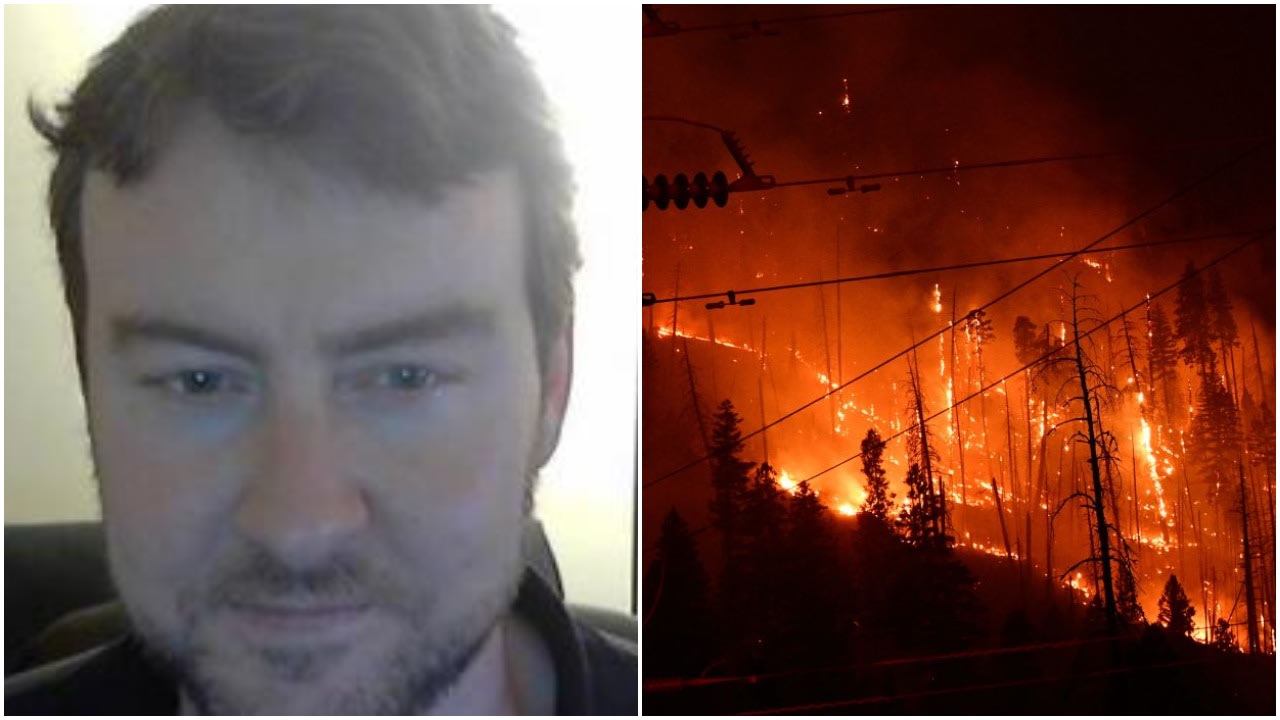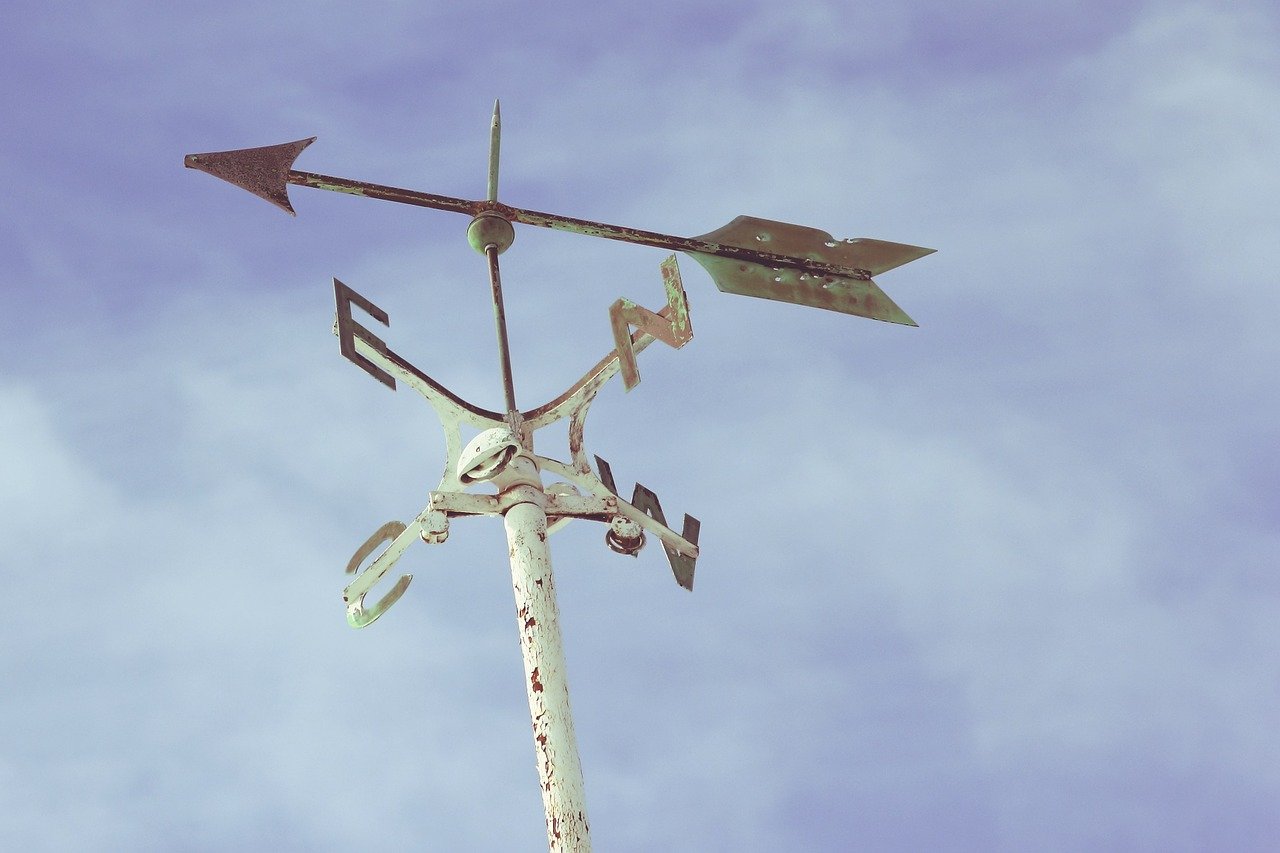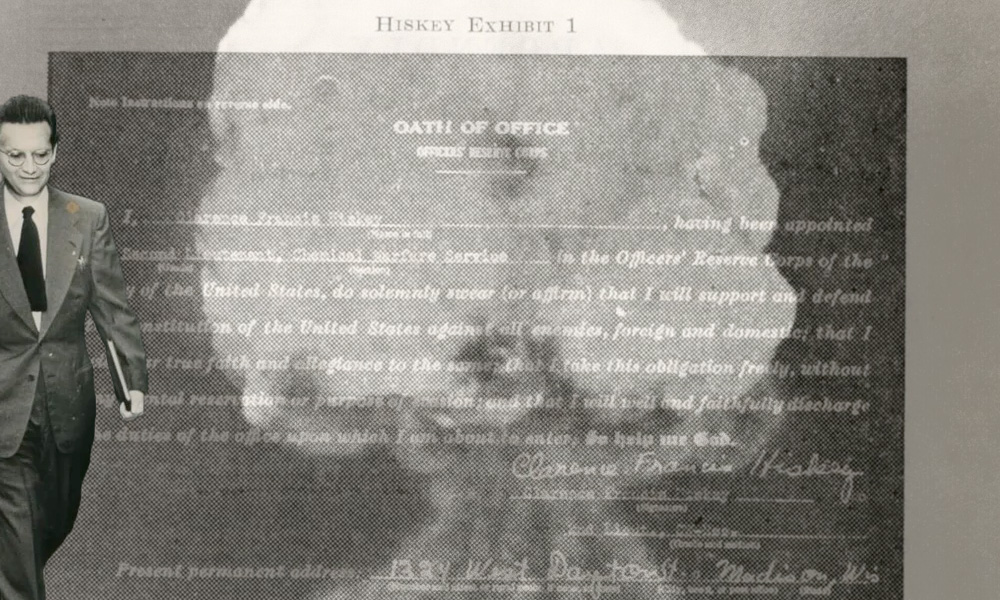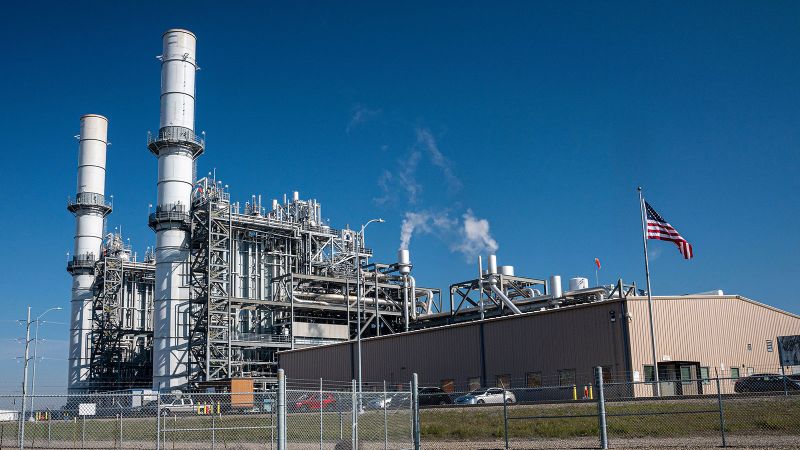
See How the Dixie Fire Created Its Own Weather
By Nadja Popovich, Noah Pisner, Nick Bartzokas, Evan Grothjan, Daniel Mangosing, Karthik Patanjali and Scott Reinhard Oct. 19, 2021
Days after California’s Dixie fire ignited in mid-July, towering storm clouds burst from the flames, generating lightning and wild winds that pushed the fire “in every direction,” according to firefighters battling the blaze.
The storm — an early sign of Dixie’s devastating potential — was part of a broader outbreak of extreme fire behavior across the West this summer.
From California to Canada, the landscape was primed to burn: A severe drought and high summer temperatures magnified by climate change left vegetation tinder-dry, with low humidity and strong winds further amplifying the risk. Given a spark, new fires grew explosively. Several became so large and intense that they powered their own weather systems, spawning towering storm clouds, lightning and even some “fire whirls,” spinning vortices of flames.
Using high-resolution radar data, which picked up ash particles from smoke plumes and water droplets from clouds, The New York Times reconstructed a 3-D model of the Dixie fire’s first massive thunderclouds.
























